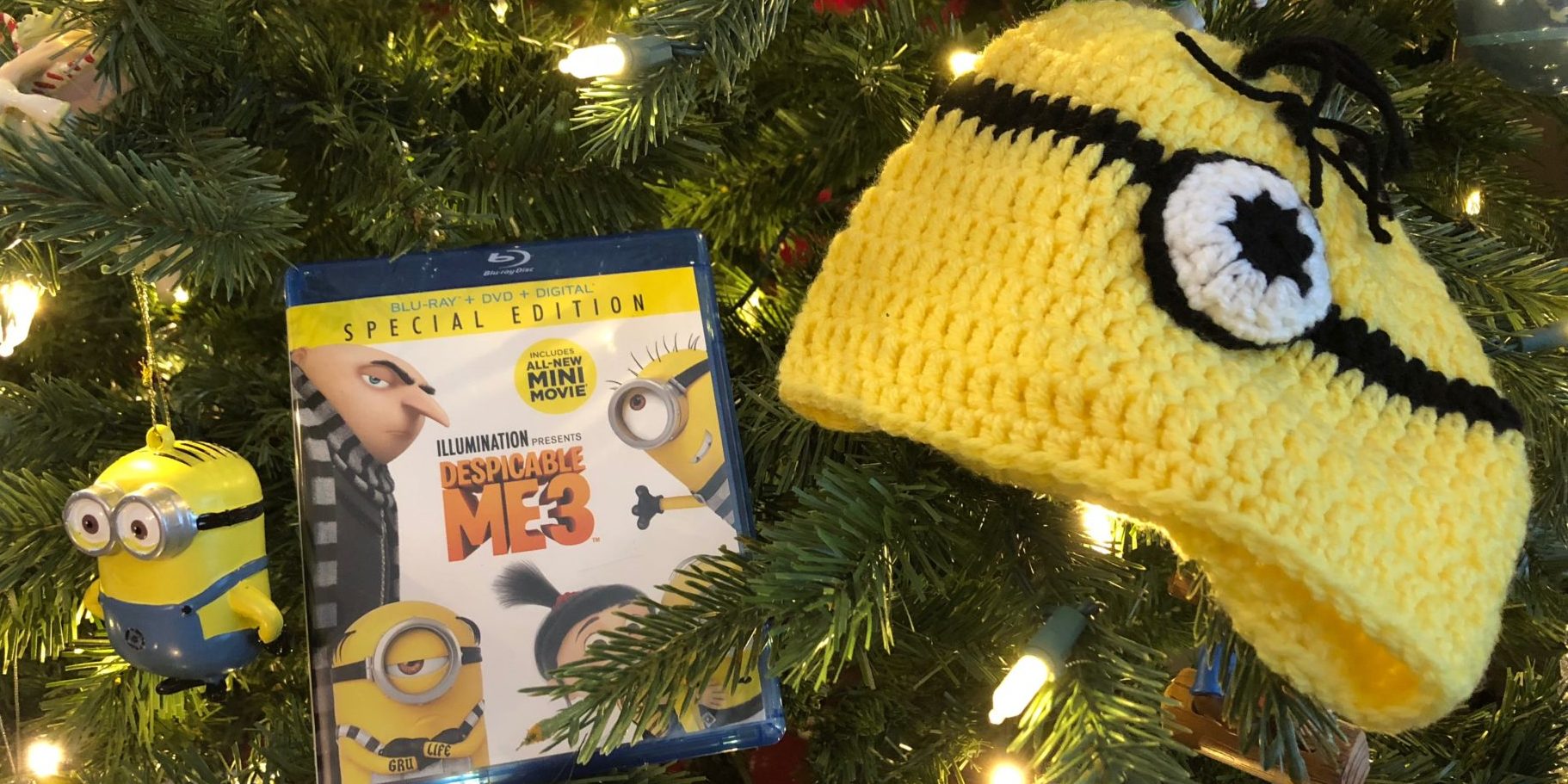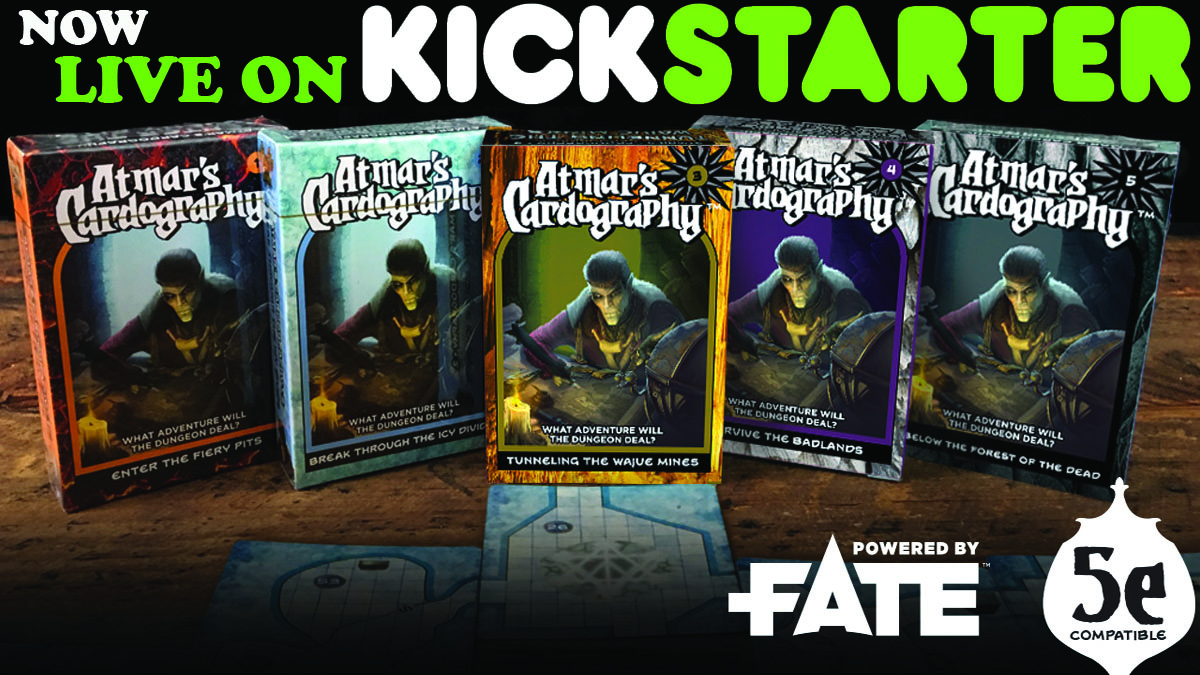
There’s much more to snow than its seasonal good looks. Enjoy all of those lovely piles of frozen water vapor with some brain-boosting activities.
1. Identify snowflakes. Look carefully at snowflakes that fall on your sleeve or cling to your window. Although no two snowflakes are alike, there are basic shapes.

2. Stalk snowflakes. Go outside with a sheet of black paper, a good way to see individual shapes. You can even hunt for specific snowflake types. Take along Ken Libbrecht’s Field Guide to Snowflakes. You can make quick sketches (still quite possible with mittens) in a journal. Enough snowflake stalking and you may I.D. quite a few.

3. Photograph snowflakes. Snowflakes seem to be everywhere, but they’re reluctant to pose for photos. They twirl away in the wind, clump together, or simply melt when you breathe on them. Persistence is the key. Get out there when flakes are falling slowly and there’s little to no wind. If you keep your camera out, you’ll be ready to capture that brief moment when you can see individual flakes on your jacket.
You might want to put a little planning in place to make those shots more likely. We’ve had some success with this method. Take heavy dark blue or black plastic outdoors (we use a garbage can set on its side). Place it in a bright area without shadows and let it chill to air temperature. Then, quickly photograph flakes as they settle on the surface. It’s best if you keep the camera on a tripod and use a telephoto setting. Chances are you’ll get a few good images.

4. Make paper snowflakes. Lacy snowflake cut-outs dangling from thread are classic winter decorations. Plus, they have a lot to teach us about symmetry—and patience. For ideas, check out easy paper snowflakes from coffee filters or more exacting snowflake designs. At my house, we like to skip all design recommendations. Just fold, cut, and unfold. The results are likely to be as unique as, well, a snowflake.

5. Learn snow symbols. There are 100 weather symbols used in meteorology. Snow symbols jump around, starting with number 22, which is pretty much an asterisk followed by a square bracket. Right now out my window, we’re experiencing #72 conditions.

6. Grow your own snowflakes. This experiment calls for things we don’t usually have around the house like Styrofoam cups, soda bottles, and dry ice. But it’s worth it for the chance to briefly impersonate Boreas, the ancient Greek god of winter. You might also want to grow salt crystals, borax crystals , alum crystals, or the ever-reliable rock candy.

7. Chill out with some snowflake history. Wilson A. Bentley, a homeschooled Vermont farm boy born in 1865, became an amateur scientist and artist whose work remains a standard in the field. Younger children will enjoy learning about him in Snowflake Bentley, while teens and adults will get a lot out of The Snowflake Man: A Biography of Wilson A. Bentley
. And stop in to see his original photos at the Jericho Historical Society, if you ever find yourself near Bentley’s hometown of Jericho, Vermont.

8. Shovel snow. It’s a great workout for the whole family. It’s also a warm act of kindness to surprise a neighbor with a shoveled drive, particularly for folks who are unwell or home with a new baby. For some reason, it’s even more fun to do this sort of favor secretly, so if you know the elderly couple next door won’t be home for a few hours, it’s a great time to dash over there with shovels. (There are plenty of other great ways to volunteer with kids, too.)

9. Build a snow fort. A snowdrift or a nice pile of snow from all of that shoveling is the perfect way to start. If there’s not enough snow, just hollow out a kid-sized space in the snow and anchor a sheet with a few snowballs to make a temporary roof.

popofatticus.
10. Look into flaky science. Do snowflakes always have six branches? Are most snowflakes damaged before they land? What are the chances a similar snowflake has fallen in Earth’s history? Delve into these books to find out. Kids 4 to 7 will enjoy The Story of Snow: The Science of Winter’s Wonder, The Snowflake : A Water Cycle Story
, and a glimpse into where wild creatures handle winter in Under the Snow
. Kids 8 to 12 will enjoy The Secret Life of a Snowflake: An Up-Close Look at the Art and Science of Snowflakes.

11. Make snow candy. It’s unusual, memorable, and very sweet. Try the maple syrup method.

12. Mix up some snow ice cream. Try vanilla, chocolate peanut butter, or chocolate peppermint. Be sure to mix up all of the ingredients in advance, then go collect clean snow to mix in. Otherwise it’s a melty mess.

13. Conduct the Clean Snow Experiment. You may want to do this before making maple sugar candy or snow ice cream. All you need is a coffee filter and some melted snow to examine what particulates lurk in that white fluff. It may deter you from eating snow and snow-related goodies, it may not.

14. Read wintry fiction. For the littlest ones, try board books like Winter Friends and Snowflake Baby.
For kids 3 to 7, snuggle up to read Snow
(by Cynthia Rylant), Snow
(by Uri Shulevitz), and an enduring classic, The Big Snow
. Wintry YA books include The Left Hand of Darkness
, The Boy on the Bridge
, Snow-walker
, and Trapped
.

15. Freeze snowballs. Time to stock up. Get out there and pack lots of nice tight snowballs to save for those long snow-free months. If you have lots of room, let each member of the family freeze and label his or her personal bag of snowballs. Wait patiently. Then on the steamiest, most uncomfortable day of summer, get those snowballs out. You’ll find something to do with them, guaranteed.





2 thoughts on “15 Smarty Pants Ways to Enjoy Snow”
Comments are closed.